News & Events
News
Biochemical Activity of 17 Cancer-Associated Variants of DNA Polymerase Kappa Predicted by Electrostatic Properties
Mary Jo Ondrechen In this work, the researchers observed that POOL predictions can be used to predict which variants have decreased activity. Predictions from bioinformatic tools like SIFT, PolyPhen-2, and FATHMM are based on sequence comparisons and therefore are...
Frontal plane pelvic kinematics during high velocity running: Association with hamstring injury history
Sandra Shefelbine Injured sprinters displayed significantly greater mediolateral motion and asymmetry during stances than healthy counterparts. Sandra Shefelbine Associate Dean of Space and Special Initiatives, Office of the DeanProfessor, Mechanical and Industrial...
Determining the effects of AR/VR HMD design parameters (mass and inertia) on cervical spine joint torques
Sandra Shefelbine Based on these results, to minimize joint torques, headsets should be designed so that both display mass and anterior display mass distance are minimized. Sandra Shefelbine Associate Dean of Space and Special Initiatives, Office of the...
A Marcus-Type Inverted Region in the Translocation Kinetics of a Knotted Protein
Meni Wanunu This study combines single molecule nanopore experiments and all-atom MD simulations to examine the electric-field-driven unfolding during the translocation through a model pore of individual protein knots important for methylating tRNA.Meni Wanunu...
E-cigarette Aerosol Exposure Effect on Bone Biomechanical Properties in Murine Models
Sandra Shefelbine The findings suggest that, although vaping can result in a higher bone volume, this bone is weaker than average. Sandra Shefelbine Associate Dean of Space and Special Initiatives, Office of the DeanProfessor, Mechanical and Industrial...
Professor Shansky’s Recent Book Chapters
Rebecca Shansky Sex Differences in Physiology The Neurobiology of Aging and Alzheimer Disease in Down Syndrome Identification of Neural Markers Accompanying MemoryRebecca Shansky Professor, Psychology
Ratiometric fluorescence sensing and quantification of circulating blood sodium sensors in mice in vivo
Qianqian Fang & Mark Niedre In this work, the researchers introduce ratiometric diffuse in vivo flow cytometry (R-DiFC) for quantitative measurement of circulating fluorescent red blood cell (fRBC) sensors for systemic blood sodium levels. Qianqian Fang Associate...
Kinetics and mechanism of halide exchange in reactions of CpRu(PPh3)2Cl with alkyl halides: evidence for radical pairs
Sijia Dong Findings from CILS member Sijia Dong and colleagues: Density functional theory calculations on potential intermediates suggests that a pathway leading to CpRu(PPh3)(Cl)(Br)˙ is more likely than oxidative addition, which is preferred in reactions of 1 with...
Practical solutions for including Sex As a Biological Variable (SABV) in preclinical neuropsychopharmacological research
Rebecca Shansky This new paper emphasizes the importance of considering sex as a biological variable in preclinical research, providing practical guidance and debunking common concerns. It discusses the impact on experimental design, hormonal fluctuations, behavioral...
New treatment for ovarian cancer will use lasers to target chemo-resistant cells
Bryan Spring Professor Spring, whose lab focuses on biomedical physics, has received a $2.7 million grant to develop a new treatment for ovarian cancer that will use lasers to spot and target chemo-resistant cancer cells and boost a patient’s immune system.Bryan...
Northeastern’s Tao Sun overcomes barriers to brain drug delivery with focused ultrasound
Tao Sun One of our newest CILS members, Tao Sun, is conducting fantastic research on delivering drugs through the blood-brain barrier. Read about how ultrasound research can open opportunities for improving the immune system in this article by Research at NU.Tao Sun...
International Institute for Nanotechnology announces distinguished Kabiller Prize winners
Ke Zhang Ke Zhang is the recipient of the Kabiller Rising Star Award. This $2,000 award, established in 2021, celebrates outstanding contributions by early career faculty. His research offers fundamental insights into the interactions of new nanomaterials with living...
A Biologist’s Guide to the Field of Quantitative Bioimaging
This preprint by Senft et al. describes the different ins and outs in quantitative bioimaging. starting with sample prep up until image data acquisition, analysis, and interpretation.
Events
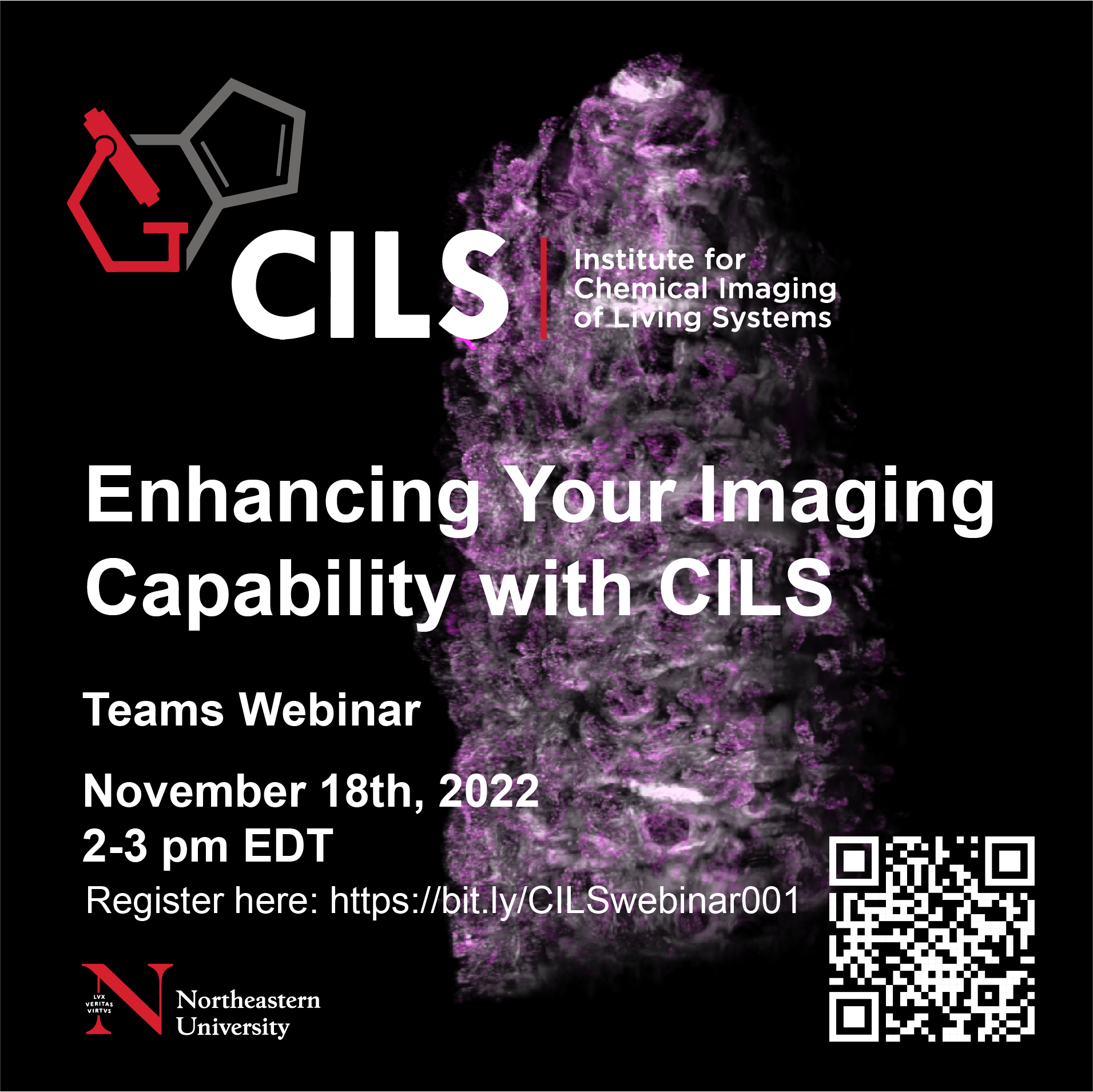
Enhance Your Imaging Capability with CILS
November 18th, 2022 2-3pm
Virtual
CILS Seminar & Demo: Nanosurf DriveAFM
Join us for an information session on the features of the Nanosurf Drive AFM. During the seminar, participants will hear about applications for projects and how AFM pairs with confocal microscopy, followed by a student presentation.
June 29th, 2022
Seminar: 12-1:30pm
Demo: 1:30-2:30pm
Virtual
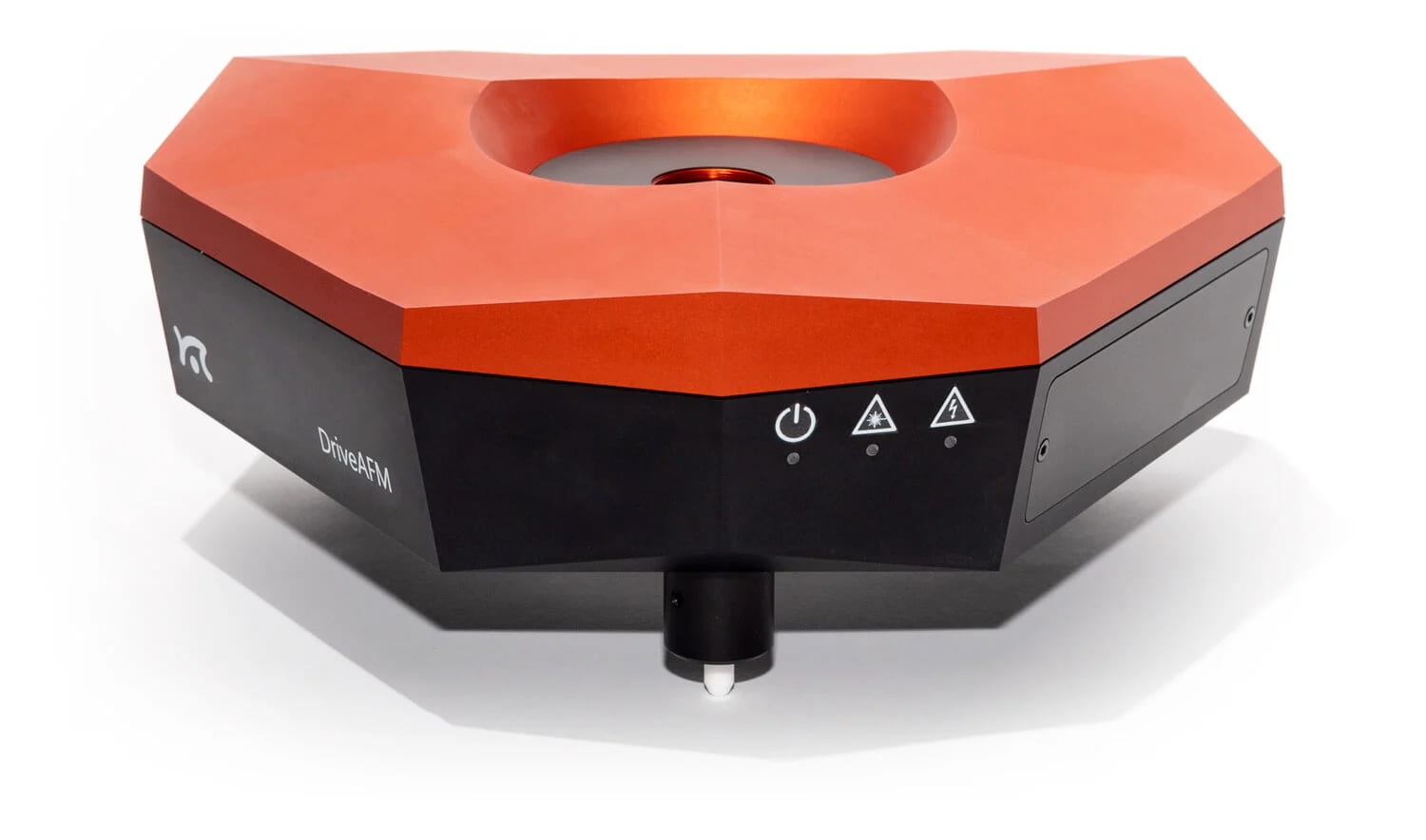
Tissue Clearing Webinar
Come join us on February 10th, 2023 at 1-2 pm (EST)? to learn more about how to improve your microscopy images of thick samples via Tissue Clearing ?
Our imaging scientist Eun will explain why tissue clearing is important to boost microscopy signal from your thick samples, and will discuss different methods and applications.
Register here: ➡ https://lnkd.in/ey5eg9y2 ⬅

CILS Seminar: Photoacoustics from VisualSonics
Join us for an information session on the features of the VisualSonics Vevo LAZR-X. During the seminar, participants will hear about applications for projects in the fields of oncology, molecular biology, cardiology, neurobiology, etc, followed by a student presentation.
February 24th, 2022 12-1:30pm
Virtual
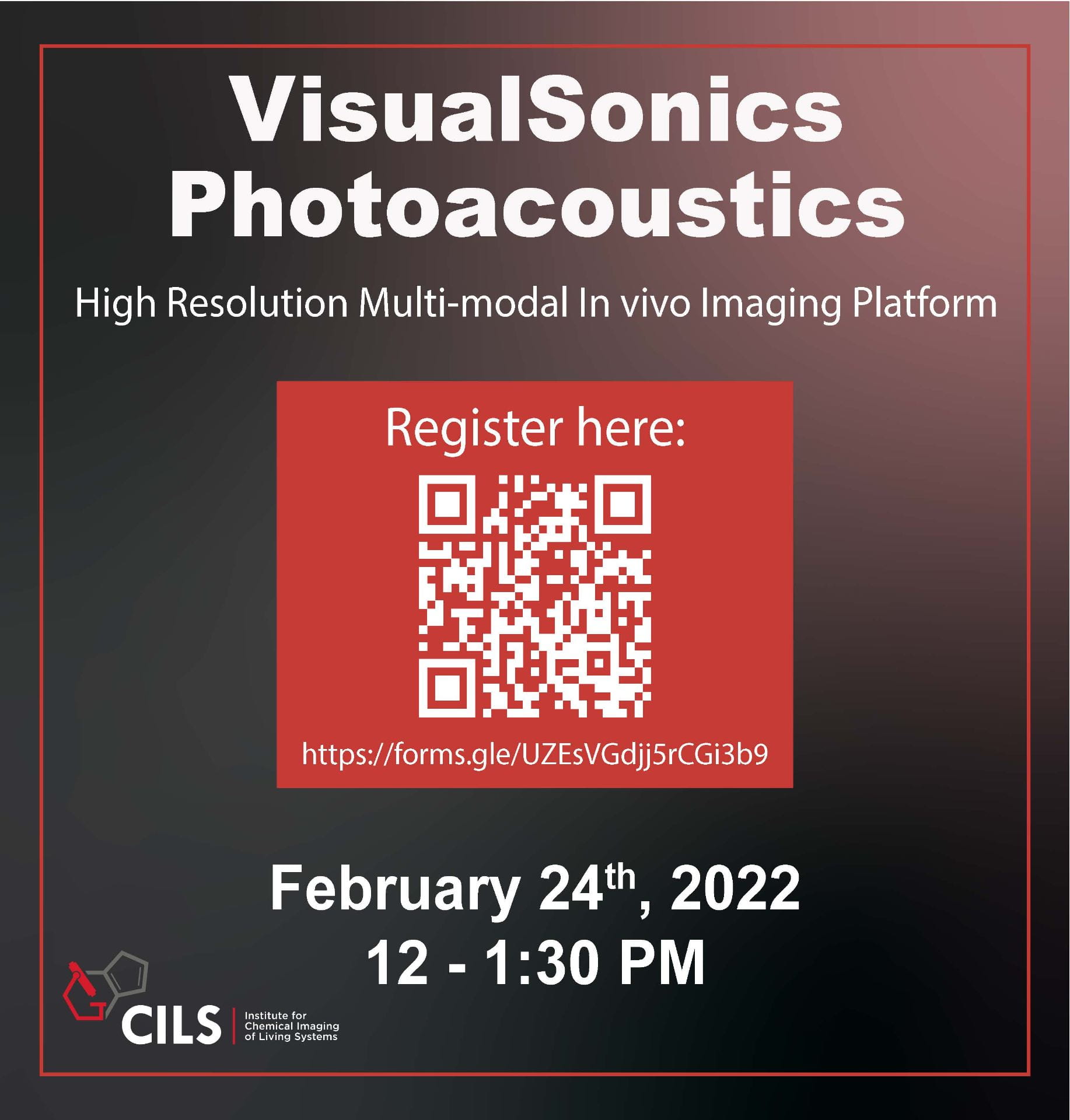

CILS Seminar: arivis™️ Imaging Software
Join this seminar to learn how to make image analysis from microscopes more straightforward. An arivis representative will be presenting on topics such as image segmentation, multiview registration, storyboard, colocalization, and image processing (denoise, decon, etc).
December 14th, 2021 12-1pm
Virtual
CILS Seminar: Flow Cytometry
Join us for an information session on the features of our Beckman cell sorter and analyzer. During the seminar, participants will hear from users about their experiences and applications for a variety of projects, followed by a student presentation.
September 28th, 2021 12-1:30pm
Virtual

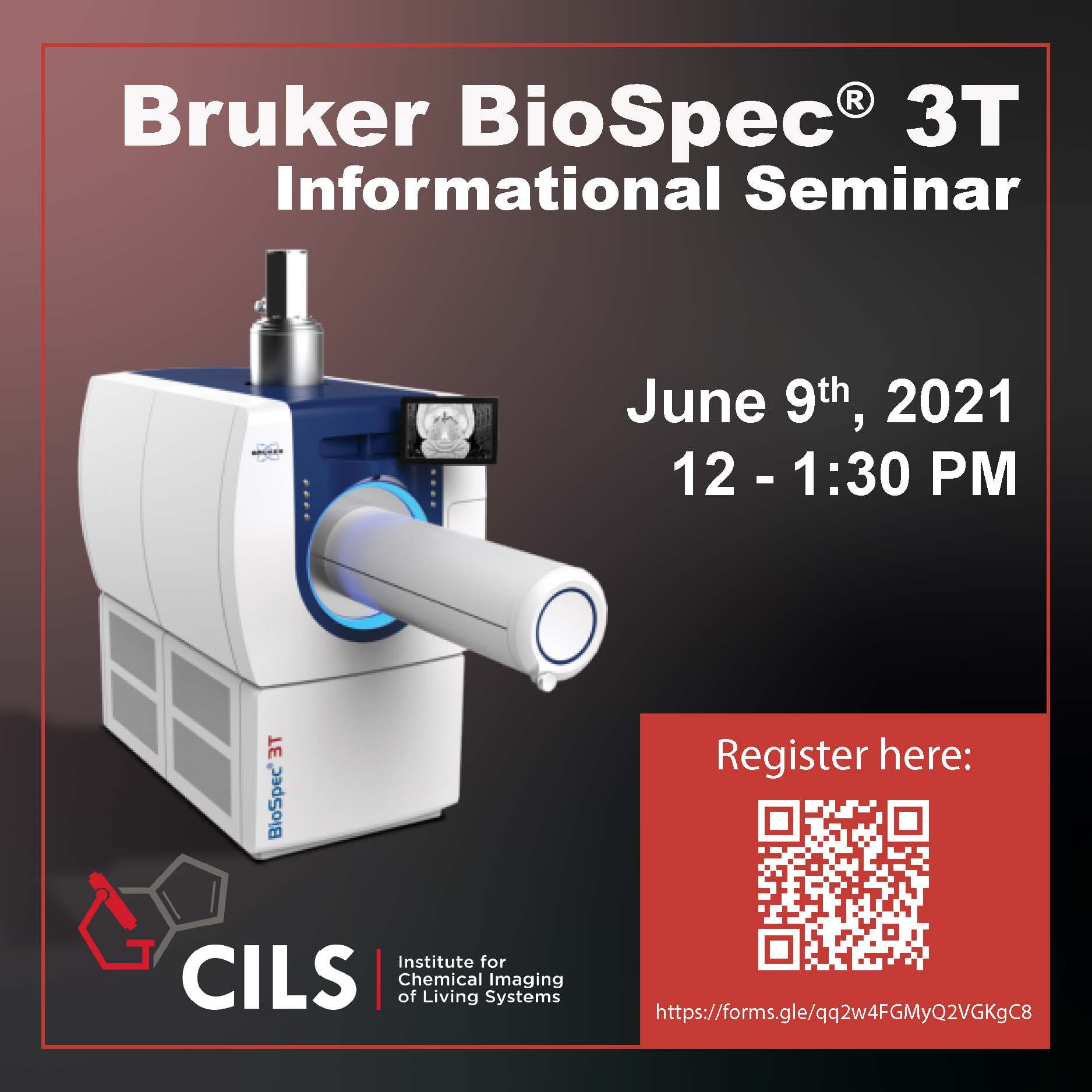
CILS Seminar: Bruker BioSpec™ 3T MRI
The seminar will cover how preclinical MR offers longitudinal observation/measurement of disease processes, an overview of components and process for preclinical MR, and review of methods and data obtained in preclinical MR.
Following the talk, Kristine Ma, PhD candidate from the Clark Lab, will present on DNA-based pH-responsive MR contrast agents.
June 9th, 2021 12-1:30pm
Virtual
CILS Seminar: Zeiss Lightsheet Z1
Join us for an informational session to learn about the features of the Zeiss Lightsheet Z1 hosted by Zeiss. During the week following the event, participants will have FREE access to microscope demonstrations in our core facility.
April 8th, 2021 12-1:30pm
Virtual
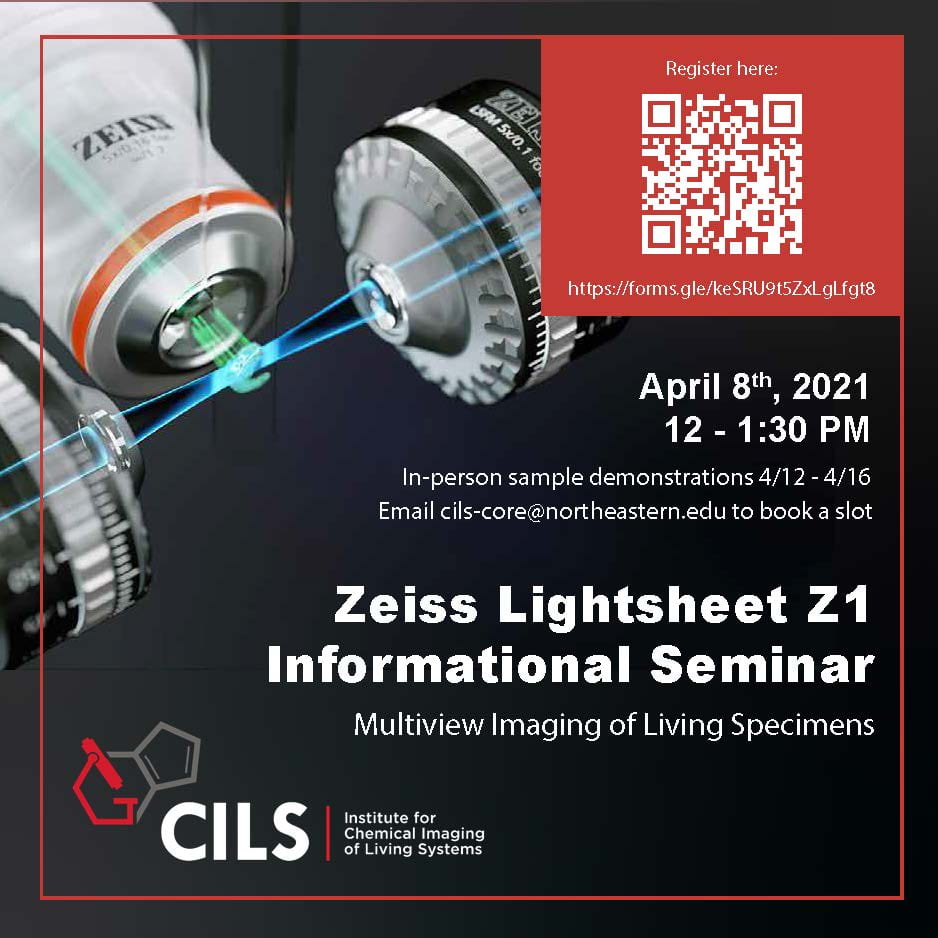
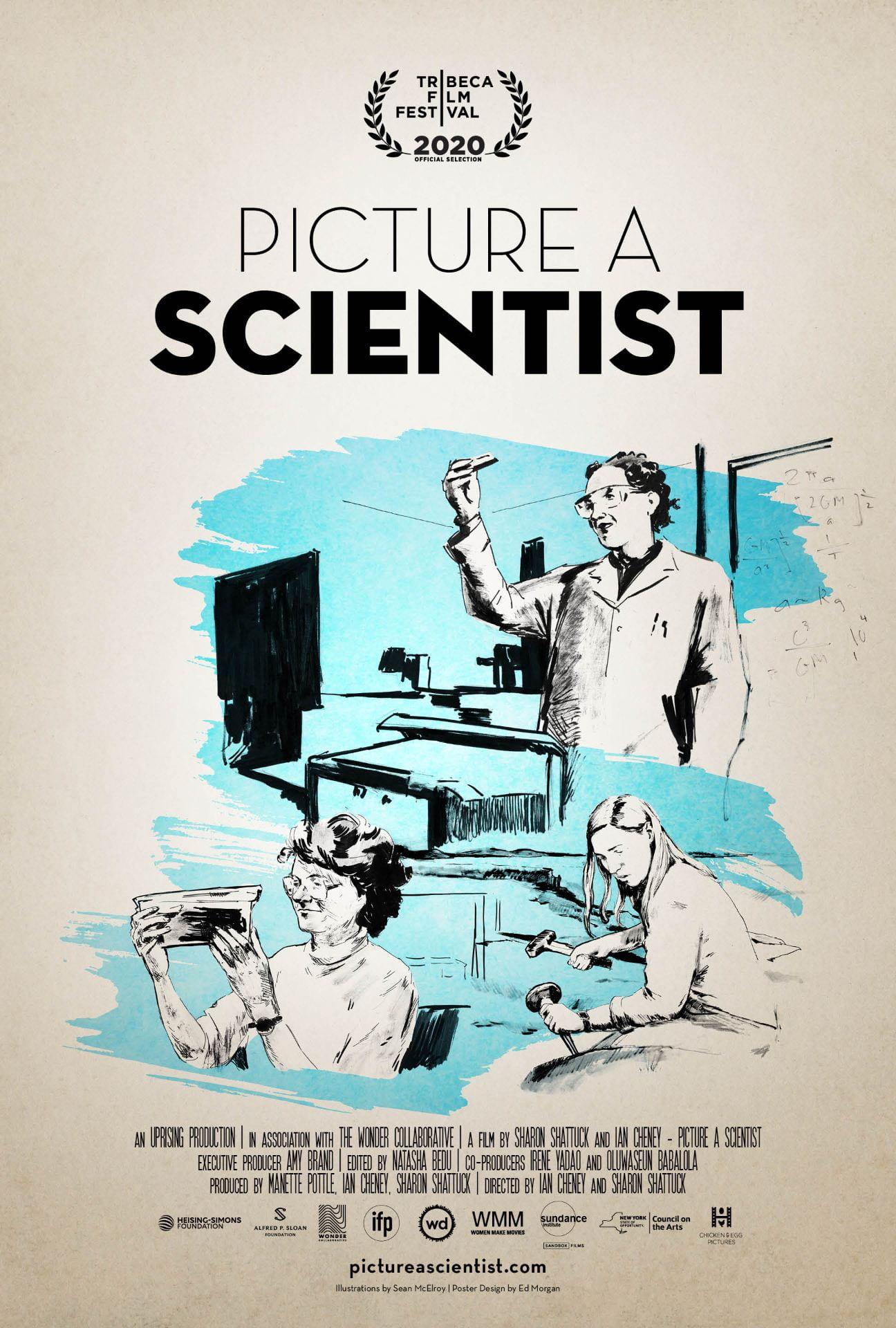
Film Screening: Picture A Scientist
The Institute for Chemical Imaging of Living Systems (CILS) hosted a screening of Picture A Scientist (https://www.pictureascientist.com/) to kick off our monthly educational series. This film is a documentary raising visibility around gender bias and racism in science and was available to the Northeastern community for online viewing January 28-30, 2021.
January 28-30, 2021
Virtual
Our facility
Interdisciplinary Science and Engineering Complex
ISEC 080, 805 Columbus Ave, Boston, MA, 02115